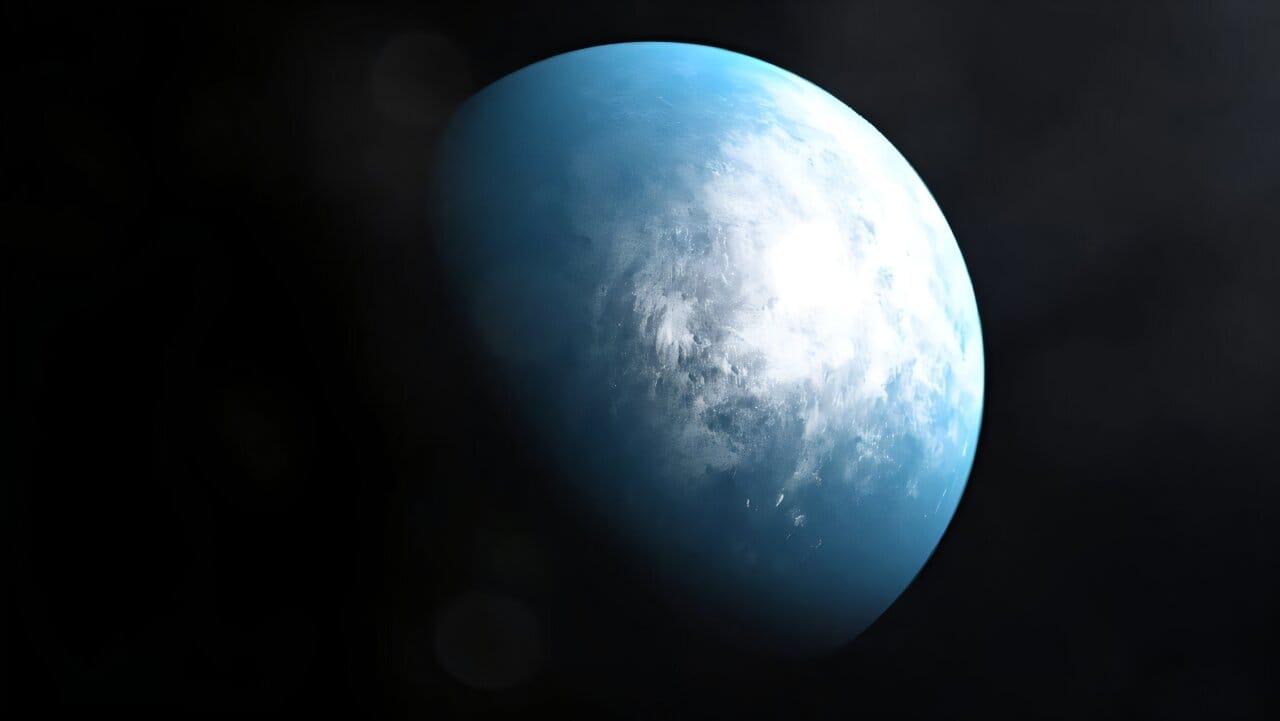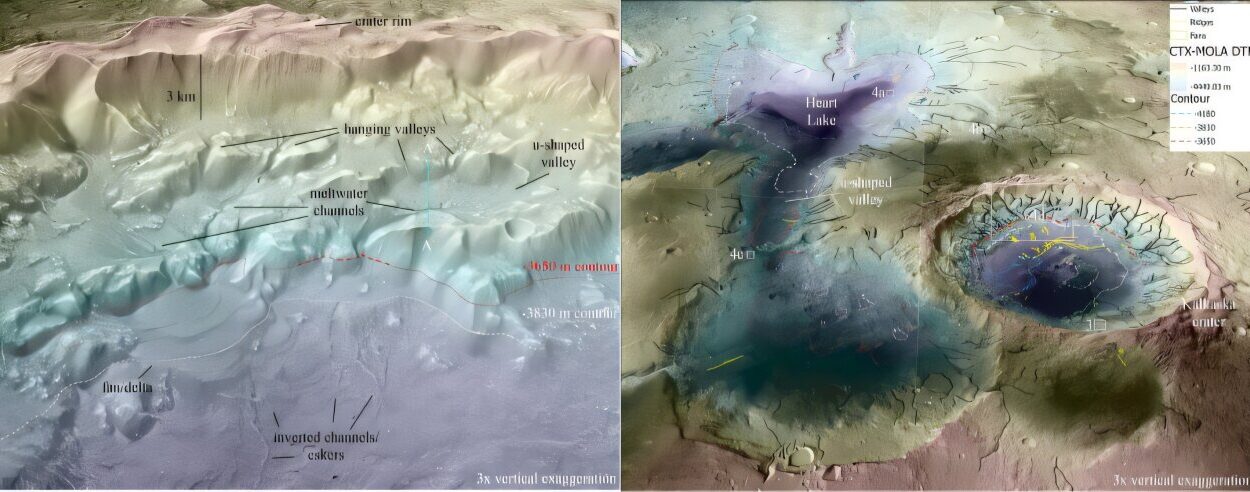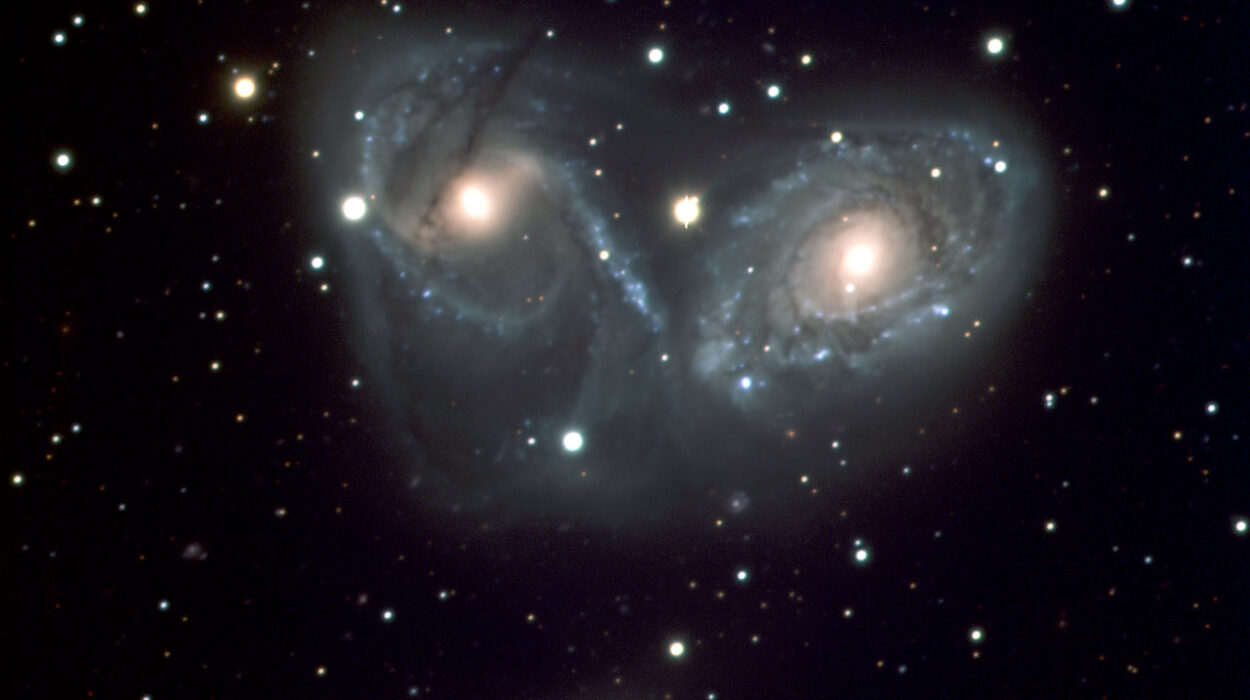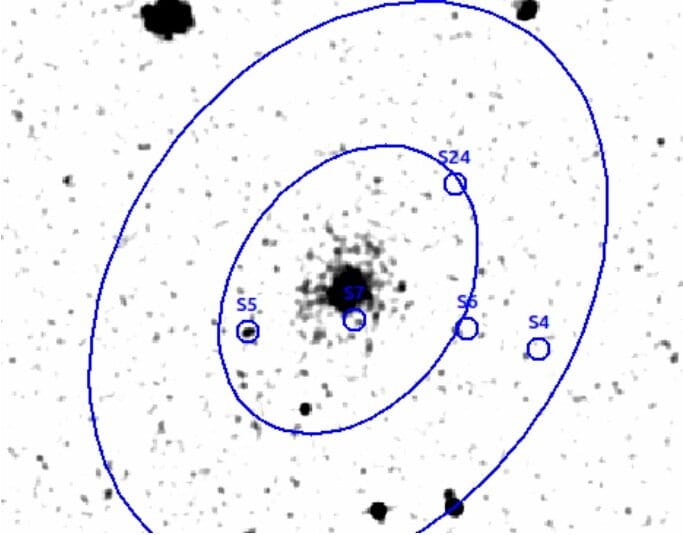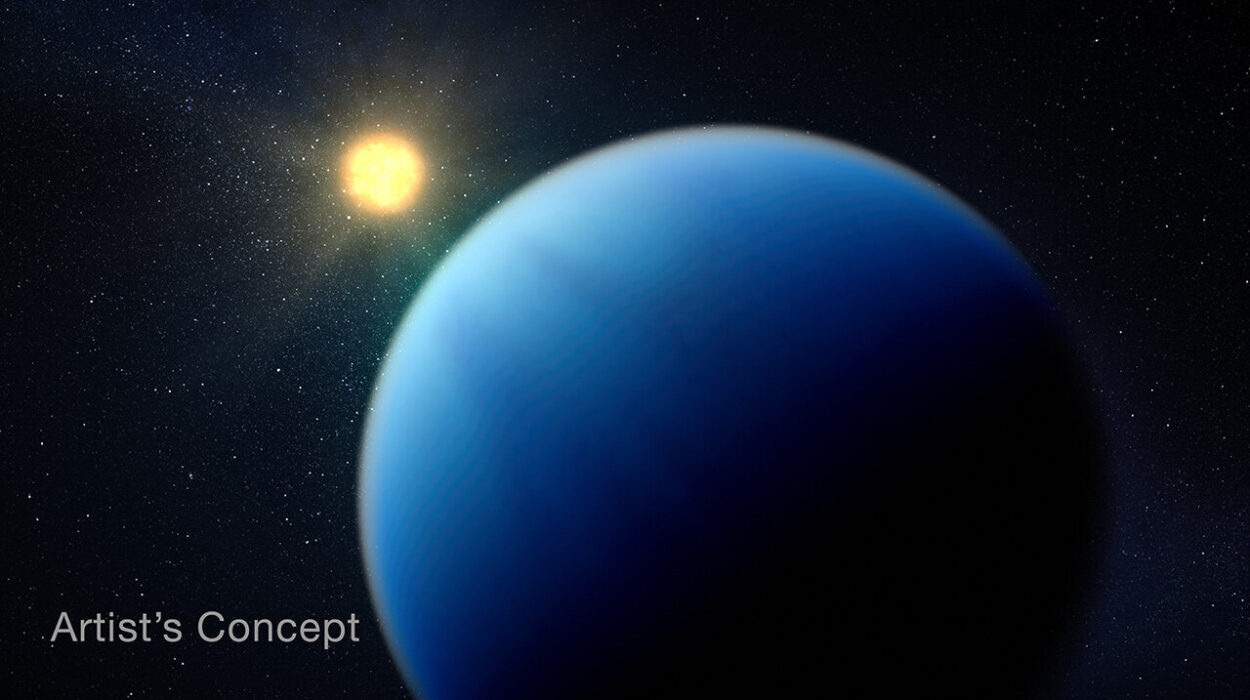In humanity’s eternal quest to find life beyond Earth, we may finally have a telescope that can spot not just planets—but oceans.
On Earth, water is inseparable from life. It shapes our landscapes, carves canyons, forms clouds, and pulses through every living cell. It is no surprise, then, that our search for life elsewhere in the universe has become, at its core, a search for water. But while we’ve found thousands of exoplanets orbiting distant stars—some even within the so-called “Goldilocks zone” where temperatures might allow for liquid water—one critical detail has eluded us: proof.
Are there truly oceans out there, shimmering beneath alien suns?
NASA’s proposed Habitable Worlds Observatory (HWO) may soon be able to answer that question. If built, this next-generation space telescope won’t just scan distant planets for the subtle chemical signs of life—it could directly detect water on their surfaces. A new paper led by astrophysicist Nicolas Cowan from McGill University, posted on the arXiv preprint server and soon to be presented at HWO2025, outlines exactly how.
The technique is subtle, elegant, and surprisingly familiar to anyone who’s watched the glint of sunlight on a calm lake. It’s all about light—how it bounces, bends, and reflects off different surfaces. And for the first time, scientists believe they may have a roadmap to spot this reflection—this glint—from oceans on worlds light-years away.
The Cosmic Mirror: How Liquid Water Reveals Itself
When light strikes a surface, the way it reflects depends on what that surface is made of. Rough, solid surfaces scatter light in all directions—a diffuse reflection. But liquids, with their smooth, mirror-like texture, reflect light in a way called specular reflection.
On Earth, this is why a body of water can look dark and flat from one angle, but shimmer like a mirror from another. When the Sun hits it just right, that glint is unmistakable.
The Habitable Worlds Observatory is designed to capture this very phenomenon—not on Earth, but on exoplanets tens to hundreds of light-years away. If a distant world has oceans, they will reflect starlight in a distinctive, directional pattern. By watching how that light changes as the planet rotates or orbits its star, the HWO could piece together not only that liquid water is present—but where it pools on the surface.
“Planets with large bodies of water on their surface will have more temperate and stable climates,” Cowan and his co-authors write. “Such planets are the ideal places for life-as-we-know-it to arise and evolve.”
Mapping Oceans on Spinning Worlds
The beauty of the method lies in time—specifically, how a planet’s brightness changes over time as it spins and moves through different phases of illumination. On a rotating planet like Earth, different features come into view with each turn. Oceans, continents, cloud systems—they all reflect light differently.
The HWO will perform something akin to time-lapse photography from space, measuring how the reflectance of a planet varies over hours, days, even seasons. When a watery surface turns toward the right angle, it reflects light with a brilliance not seen in rocky terrain. That glint, carefully teased from the surrounding noise, could reveal a surface ocean.
These changes aren’t just visible in brightness—they show up in polarization as well. At crescent phases, when a planet is backlit by its star, water-rich surfaces tend to polarize light in unique, detectable ways. In other words, oceans don’t just shine—they whisper their presence through the alignment of light waves.
Of course, this is no easy task. The signal is subtle, buried within the noise of interstellar distances, faint reflections, and ever-present cosmic dust. Detecting it requires not just powerful optics, but stability and patience. The HWO will need to record high-precision, time-resolved measurements over long periods. And it will need to observe these glints consistently to rule out false positives caused by things like cloud cover, ice, or even unusually smooth rock surfaces.
The Challenge of Clouds and Shadows
Earth has taught us much, but it’s also revealed the complications. Our own atmosphere is often cloaked in cloud cover—so thick, in fact, that any attempt to map our oceans from a light-year away would be muddled by ever-changing clouds.
Exoplanets, too, will likely have clouds—and those clouds will obscure parts of the surface, alter the reflected light, and complicate the story the data tells. The HWO’s team knows this and is building models to work around it. Cloud-free regions can still reveal surface features, and by observing over time, the telescope may be able to average out the impact of variable weather systems.
Instrumental precision will be key. The authors emphasize that for rotational mapping to work, the telescope must be stable over the timescale of a planet’s rotation—likely somewhere between 10 to 100 hours. That kind of stability is achievable, but photometric precision—measuring tiny changes in brightness—remains the telescope’s biggest challenge.
Four or more separate measurements per planetary rotation will likely be needed. If the planet spins quickly, that makes the job even harder. Add clouds, atmospheric scattering, and uncertainties in the planet’s orientation, and you begin to understand just how extraordinary this endeavor truly is.
Yet, the reward is equally extraordinary.
Tidally Locked Worlds: Oceans in Eternal Daylight
Many potentially habitable exoplanets orbit red dwarf stars, and many of those planets are tidally locked—meaning one side always faces the star in unending daylight, while the other remains in perpetual night. That’s not a death sentence for habitability. If the planet has a thick atmosphere or large oceans, heat could circulate efficiently.
For tidally locked worlds, specular reflection might actually be easier to detect. Since the surface features never rotate out of view, any reflection from oceans would remain fixed relative to the planet’s orbit. Over time, this stability could help astronomers isolate the signal from noise.
By observing how the brightness and polarization of reflected light change as the planet orbits its star, the HWO could identify oceans even on these strange, unmoving worlds. A mirror that never turns still shines, if you know when to look.
More Than Just Glimmers: Climatology, Biosignatures, and the Origins of Water
The implications of this capability stretch far beyond just detecting water. Oceans don’t merely reflect—they regulate climate, store energy, and provide chemistry-rich environments where life can evolve. Finding a liquid ocean means finding a stable climate. It means finding a world that breathes in a rhythm we recognize.
And perhaps most fascinating of all, detecting oceans could help scientists answer one of the oldest questions in planetary science: How does water arrive on rocky planets in the first place?
Some theories suggest water is delivered by comets or asteroids. Others believe it forms alongside the planet itself. With enough data from the HWO, researchers could compare water-rich and water-poor planets, examining trends in their location, star type, and chemical makeup. The telescope could begin to unravel the universal story of water—the story of how stars and dust give rise to oceans.
Looking Ahead: A Constellation of Hope
NASA’s Habitable Worlds Observatory is still in the proposal stage. It has not yet been approved, funded, or built. But its vision is clear. If launched, it would not be alone. Europe’s Extremely Large Telescope (ELT) will soon begin observations from the ground, and other proposed missions—like the Large Interferometer For Exoplanets (LIFE)—may complement the HWO’s efforts.
LIFE, for instance, might detect the climatic effects of oceans by monitoring temperature changes over time. If a planet’s seasons are unusually mild, it could suggest that oceans are buffering those changes. Such climatological fingerprints would be a perfect complement to the optical “ground truth” offered by HWO.
Together, these instruments form a constellation of hope—each aimed at peeling back a different layer of the great cosmic mystery.
A Mirror Across the Void
Discovering an ocean on an exoplanet would be more than just a scientific achievement—it would be a revelation. It would prove that conditions for life exist beyond Earth in a tangible, observable way. It would mean that somewhere, under a star not so different from our own, waves might be lapping at a rocky shore.
“Indeed, HWO is uniquely capable of identifying surface liquid oceans via their optical properties,” Cowan and colleagues write. “Given that discovering an ocean on an exoplanet would confirm its status as a habitable world, this science case is literally the raison d’être of the Habitable Worlds Observatory.”
And so, we stand on the edge of a discovery so profound it could reshape how we see ourselves. A glint of light from a faraway world—a mirror catching the eye of our distant telescope—could be the moment we realize we are not the only blue planet in the cosmos.
In the end, the question is no longer if we’ll find water among the stars.
It’s when.
Reference: Nicolas B. Cowan et al, Detecting Surface Liquid Water on Exoplanets, arXiv (2025). DOI: 10.48550/arxiv.2507.03071
